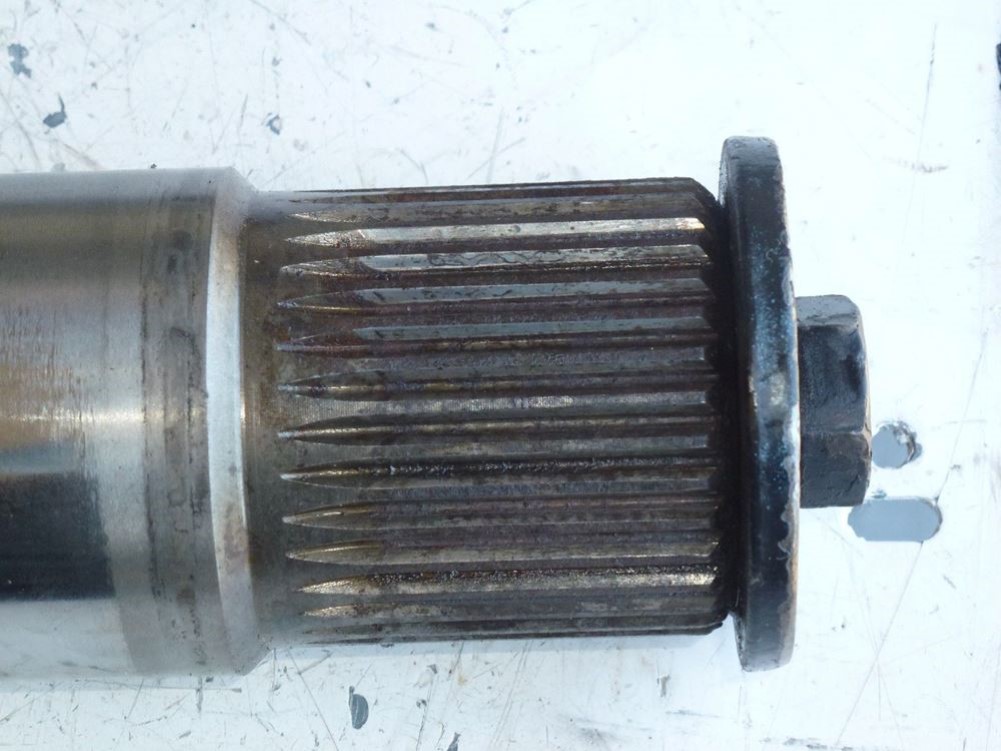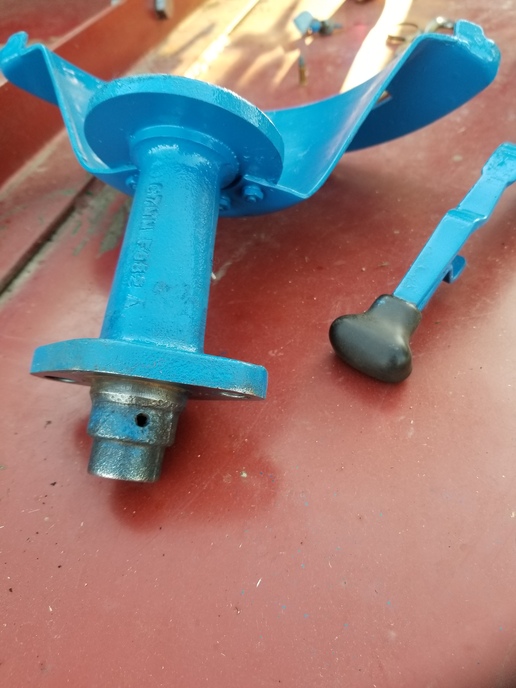

I use draft control every time I use a ground engaging 3PH implement and find it extremely useful. I borrowed a DMI 530B to try a couple year ago.5 mph was about all I could go! And the fields were nothing but CHUNKS.Yes this is normal and happens all of the time on mine. My 9230 pulls it along real nice about 6 mph. (Still have it, still works great except shear bolt holes are getting pretty egged out!) The 1486 pulled it, barely. One of, if not the, first Disk ripper you could buy. We actually pulled a 7 shank x 20" disk ripper with the was a Progressive Farm Products that used IH disk gangs and JD V-ripper shanks & points.
#O3 point draft control on a ford 5000 full#
The 1486 had full tires and 4 weights per side.although that might also be why we had the TA and rear end out of the 1486 more than once. The 806 would pull a 5 shank.That was only 8' wide and 12" deep! The ground ABOVE the hardpan is soft enough.7 was normally no problem, in fact it usually pulled easier than the 5-16 plow. 7 shank V-rippers were common on 1486, 4640s, even a 1066 - it just barely covered the dual width. The old V rippers with narrow points pulled a lot easier than the newer disk rippers. I do agree that modern framing methods have just about obsoleted the draft control. I would say that soil types have a lot to do with how much you needed it. When the ripper tore loose, I thought the tractor was gonna break in two. It stood the 1486 right up on end and stopped it in its tracks.

I remember one time I forgot to set the draft, the ripper got a little too deep and got into the hardpan. Let it get a little too deep, and it would suck the rear end right down. Same principle applies to 3pt mounted rippers. Plowing with radials is actually worse, as the "squish" when the tractor pulls harder actually drops the plow in too! So you are plowing, and you go over a small rise, the plow cuts deeper, the draft control lifts it slightly, then drops again after the rise. I would guess none of the modern generation ever plowed with a 806 or such, where you would hit a tough spot and the front end would start coming up? Front end up, rear end down, plow goes deeper.you better have the draft control set OR be fast on the lever or you are looking at the stars! Even then, the crash when the front end hits the ground is hard on the radiator- heard the fan hit the shroud more than once!Īctually the whole principle revolves around an assumption that the ground is generally uniform, and that more draft is deeper. It does not necessarily "shallow up" the plow-its supposed to keep it from going deeper or shallower. Other choice is modify the system to work without it, and build new lower mounts on the big tractors to eliminate the torque tube. Unfortunately on the machines built with mechanical draft control, you have to fix what it has. Maybe the big tractors still do, but it's electronic now. I haven't seen a new tractor that has draft control on it.

Many small tractors built today do not even offer it. On small and hobby farms today, the draft control is nearly useless, but there was a time when it was necessary. Most tillage is done by huge tractors and pull type implements. In today's world, the plow is nearly unused. It basically allowed a smaller, lighter tractor to do a job that it otherwise could not. You could do the same by lifting the plow manually. Automatically, quickly and without input from the operator. Once the draft was reduced it would lower the plow back it's original depth. You would hit a tough spot, one of the wheels would start to spin out and then the draft control would lift slightly adding weight and providing traction to get through. On smaller utility tractors, common decades ago, it was absolutely necessary for plowing.


 0 kommentar(er)
0 kommentar(er)
